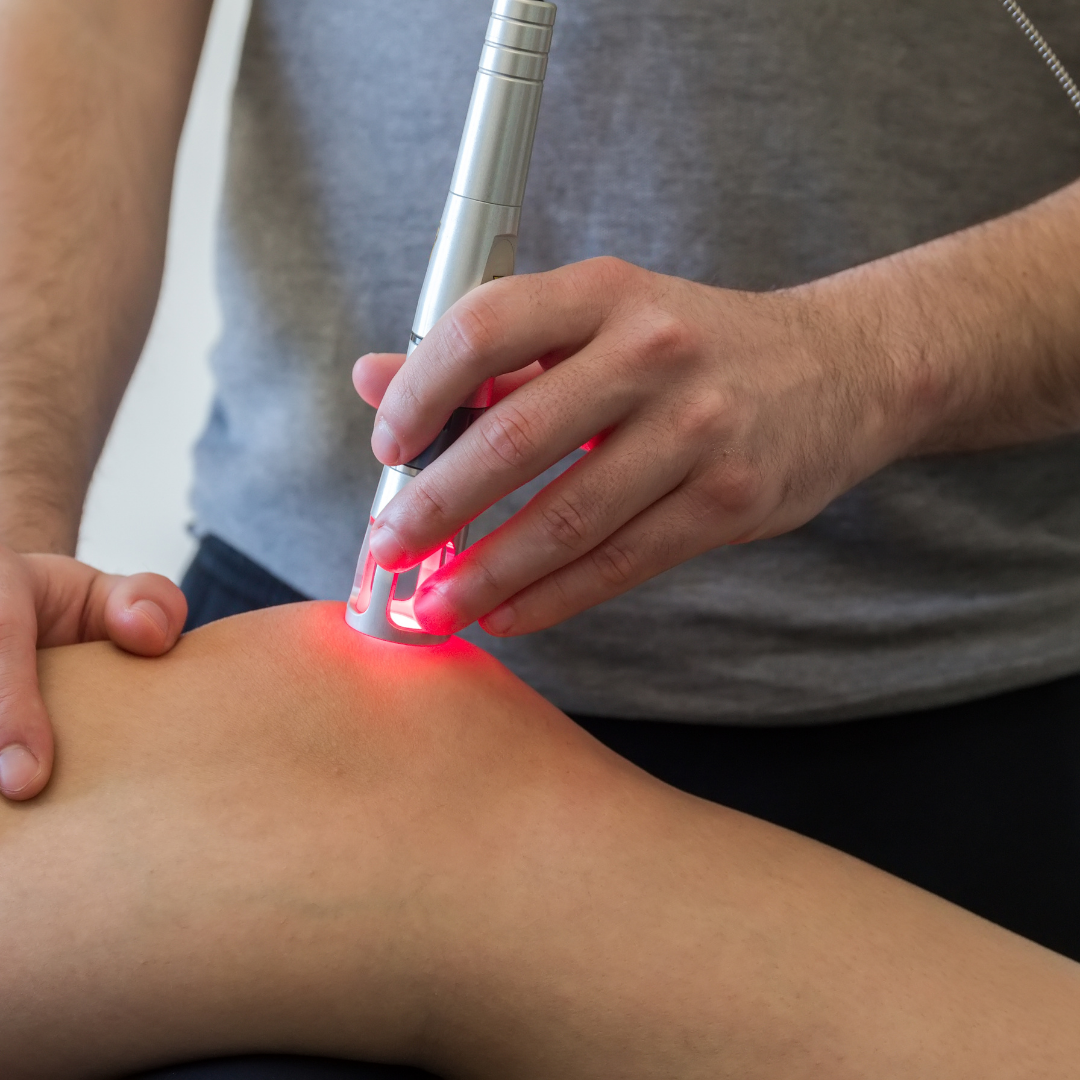Compartment syndrome describes the development of high pressure within a muscle compartment. While it most commonly affects the lower leg, it can also affect the arms, thighs, foot, buttocks and the abdomen. It is important to understand that the muscles of the legs are separated into compartments that are enclosed by a connective tissue membrane (called a fascia). This membrane allows very little stretch or expansion as it functions to keep the muscles together and hence functioning efficiently. Alongside muscles, these compartments also contain nerves, blood vessels and connective tissues. The muscles in each compartment have similar functions and typically work together to produce movement. If we look at the lower leg, it is separated into four compartments:

In compartment syndrome, the pressure within a muscle compartment exceeds what is deemed normal. As the compartments are not designed to expand, the muscles, blood vessels and nerves within the compartment and compressed. This impairs circulation and nerve and muscle function, and can cause a large amount of pain for those affected. There are two primary types of compartment syndrome: acute and chronic exertional compartment syndrome, which are categorised by the cause of the increase in pressure. As compartment syndrome can result in insufficient oxygen reaching the tissues and hence tissue death, it is imperative that it is diagnosed and managed promptly and effectively.
Acute compartment syndrome typically occurs following trauma or injury that results in bleeding and/or swelling within one of the compartments. These tend to take up more room than is available in the compartment, potentially compressing nerves and blood vessels to the point that they’re unable to perfuse the tissues effectively. Examples of injuries include fractures and muscle bruising, among others. Chronic exertional compartment syndrome affects primarily active individuals, repeatedly occurring following strenuous physical exertion and high-impact activities, such as running. This is as intense activity increases the blood flow to muscle groups and can cause swelling, thereby increasing pressure within the compartment. The result can be pain and impaired muscle function, as well as tightness or cramping in the leg, and neural symptoms such as numbness and tingling.

Initially, symptoms of the affected compartment can include:
If the pain intensifies or does not settle, the tissues may be ischemic, meaning that they are not getting enough blood or oxygen, and should be seen to immediately. Athletes who suffer from chronic exertional compartment syndrome may develop ongoing pain and muscle weakness.
While acute compartment syndrome must be dealt with quickly (and usually surgically) by your GP to avoid long-term consequences, chronic exertional compartment syndrome may be managed conservatively with your Podiatrist following the GP assessment. Initial symptom relief may be achieved with rest, ice, elevating the foot and limiting the activity that brought on the symptoms. The long-term focus, however, must be on reducing the risk of the symptoms and pain recurring. Your Podiatrist will discuss with you your regular activities, footwear, orthotics where appropriate, and physical therapy.

If you’re unsure whether you should wear walking or running shoes when exercising, this article is for you.
We explain the differences between walking and running shoes and how to determine which one is best for your feet. When it comes to buying a new pair of shoes, most people walk into a store expecting to just “find something comfy.” Then, suddenly, you’re asked: Are you looking for
walking shoes or running shoes? And that’s where the confusion begins. Because for many people, the answer isn’t that simple.
You could walk a lot – to work, around the block, chasing after the kids, or while catching up with friends. You could have also just joined
a gym or registered for the Couch to 5km. Or you could be a walker who just wants the option to go for a run if the mood strikes. So, which
shoe do you pick?

Discover why foot health is so important as we age and how Perform Podiatry supports seniors in staying mobile, independent, and pain-free. From diabetic care to personalised treatment plans, we’re here to help keep your feet happy and healthy, every step of the way.

Discover how Class IV Laser Therapy at Perform Podiatry offers powerful, drug-free relief for foot and ankle pain. Backed by science, this advanced treatment helps you heal faster and move better, without the need for surgery or medication.
Keeping your family on their feet and helping them to walk, run, play and exceed their goals is why we love getting up in the morning.
Ground Floor, One Health Building
122 Remuera Rd, Remuera
Auckland 1050, New Zealand
| MON - FRI | 7:30am – 6:30pm |
| SAT | 8:30am – 4:30pm |
| SUN | Some availability |
Make an Appointment
Online Schedule
Our virtual receptionist is available 24/7 to help with general questions, booking requests, and clinic information, even when our team is busy, or it's after hours.
Whether you're calling us or using our website, you'll get fast assistance any time of day. And if your query needs a personal touch, a member of our team will follow up as soon as possible.